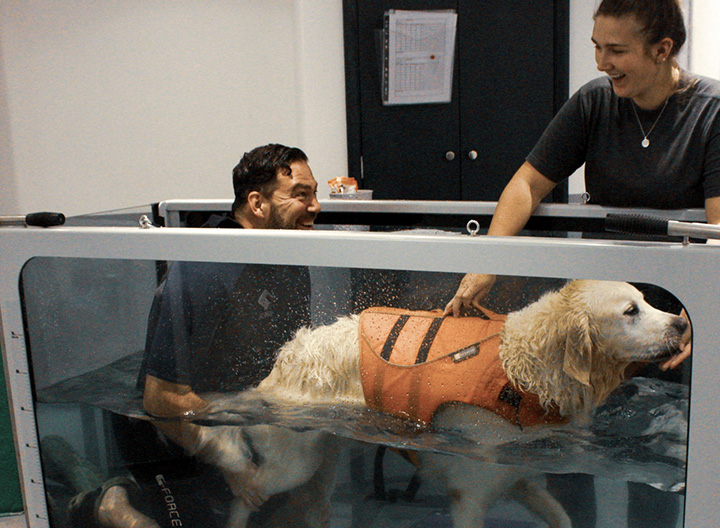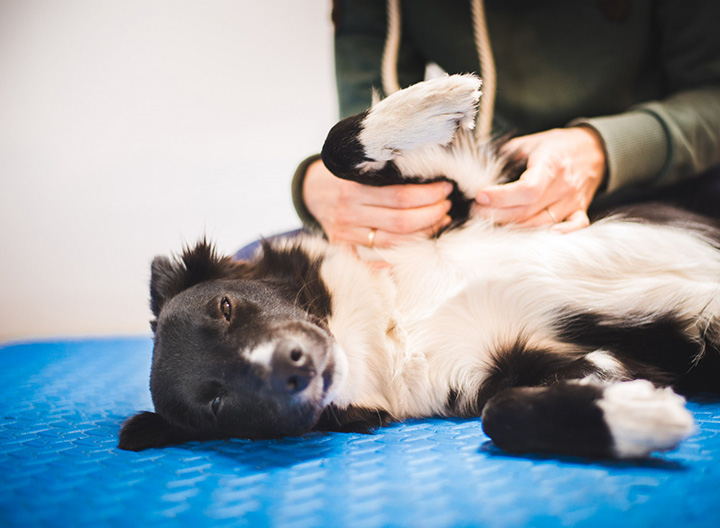What To Do If Your Dog Has A Tick
Dogs might love running through long grass on long summer walks. However, owners should always be careful when taking their pets out during the warmer months to avoid the risk of them getting bitten by a tick.
Ticks are particularly dangerous bugs, as they feed off the blood from other animals, and are very difficult to remove, as their head or body can often be left inside when pulled off the skin.
However, if they are left on the skin, dogs can develop a bacterial infection called Lyme Disease, which can lead to fever, painful joints, lethargy, depression, appetite loss, lameness, and swollen lymph nodes.
While ticks are around all year, dogs are more likely to become bitten during the spring and summer months when the grass is long and the parasites can climb on to the fur when they pass by.
If you see a tick on your dog, it is important to remove it as soon as possible with a special tool that can be found at the vets or a pet shop. To safely extract the tick, they need to be twisted instead of pulled.
To avoid your pet getting bitten by a tick, it is wise to stick to paths or well-trodden ground instead of letting them run through long grass.
You can also give them a treatment that repels the ticks if they try to attach themselves to the skin. Alternatively, some preventative medication kills the parasites.
It is also a good idea to regularly check your dog for ticks after they have been for a walk, with the most common areas being the head, ears, groin, tummy and armpits. However, it is best to search all over the body as ticks can attach anywhere.
Additionally, tick repellent collars are a good idea, as this will prevent any ticks from attaching to the skin.
Keeping the fur short with regular dog haircuts is also sensible, making it harder for ticks to climb on to the fur when the animal is closeby.
-
Previous
-
Next






